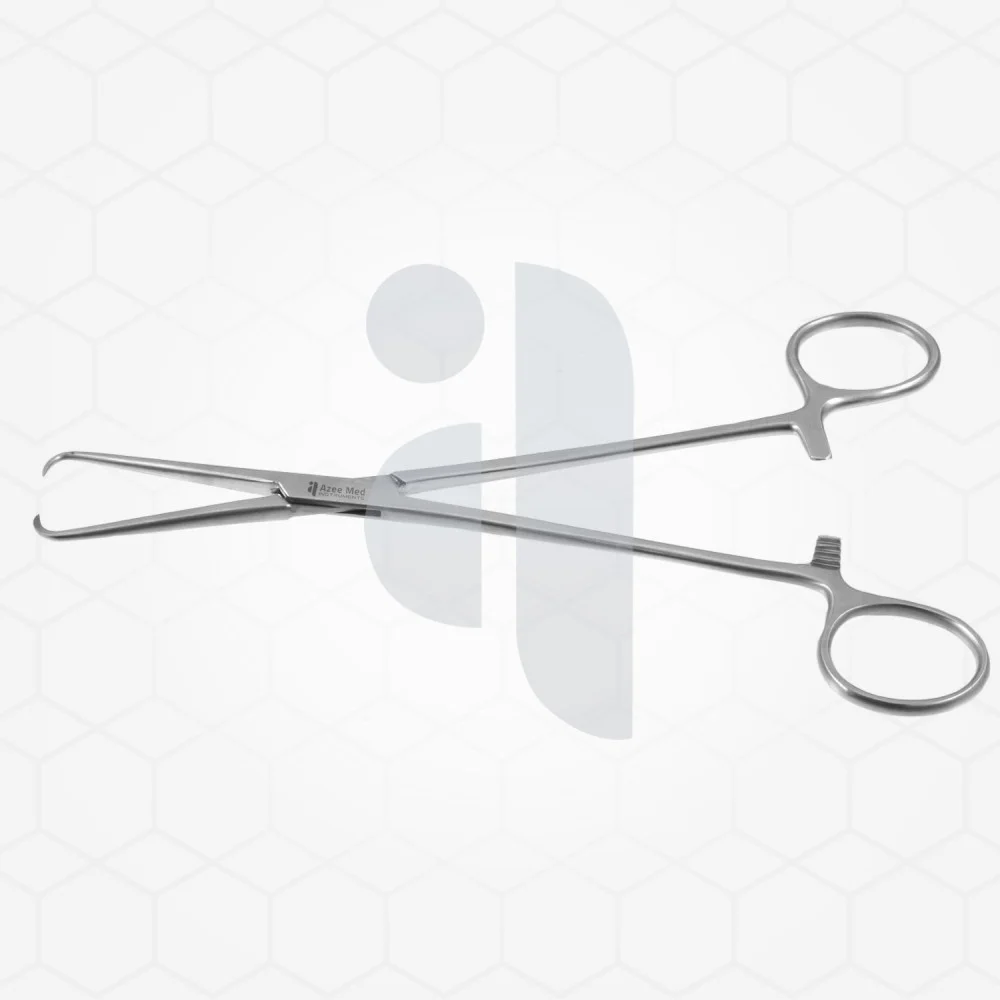Surgical forceps are indispensable tools in medical procedures, playing a crucial role in grasping, holding, and manipulating tissues, sutures, and other materials. These precision instruments are designed to enhance a surgeon’s control during delicate procedures, ensuring accuracy and efficiency. Whether used in general surgery, dentistry, or specialized fields like neurosurgery and ophthalmology, surgical forceps contribute significantly to successful surgical outcomes.
The Design and Functionality of Surgical Forceps
Surgical forceps are crafted from high-quality stainless steel to ensure durability, sterility, and resistance to corrosion. Their design typically consists of two arms joined at a pivot point, allowing for a scissor-like movement. Depending on their intended function, forceps can have smooth, serrated, or toothed tips, each suited to specific surgical applications.
There are two main types of surgical forceps: locking and non-locking. Locking forceps, also known as hemostatic forceps, have a ratchet mechanism that enables them to securely clamp onto tissues or blood vessels, controlling bleeding during surgery. Non-locking forceps, also referred to as thumb forceps, are designed for grasping and manipulating delicate tissues with precision, often held between the thumb and forefinger for optimal control.
Applications in Various Surgical Procedures
Surgical forceps are utilized across multiple medical disciplines, each requiring specialized designs to suit the specific needs of the procedure. In general surgery, forceps are used to hold tissues in place, remove foreign objects, and assist in suturing. In dental procedures, extraction forceps help remove teeth with minimal trauma to surrounding structures. Plastic surgeons rely on fine-tipped forceps for intricate reconstructive work, while cardiovascular surgeons use specialized forceps to handle delicate blood vessels and sutures.
In ophthalmic surgery, micro forceps allow for precise manipulation of tissues within the eye, ensuring minimal damage and faster healing. Similarly, neurosurgical forceps are designed for extreme precision when working with the brain and spinal cord, where even the slightest error can have significant consequences. Each surgical specialty benefits from the diverse range of forceps available, tailored to enhance surgical precision and patient safety.
The Importance of Atraumatic Handling
A key aspect of surgical forceps is their ability to handle tissues atraumatically, minimizing damage and promoting better healing. The choice of forceps depends on the type of tissue being manipulated. Delicate structures, such as blood vessels and nerves, require forceps with smooth or finely serrated tips to prevent crushing. In contrast, tougher tissues may require toothed forceps to provide a secure grip without excessive pressure.
Surgeons carefully select the appropriate forceps based on the procedure and patient needs. The ergonomic design of modern forceps ensures that they can be used comfortably for extended periods without causing hand fatigue, improving efficiency during long and complex surgeries.
Conclusion
Surgical forceps are fundamental tools in the medical field, providing the precision and control necessary for successful procedures. Their diverse designs and specialized functions make them invaluable across all surgical disciplines. By ensuring careful handling of tissues and enhancing surgical accuracy, forceps contribute to improved patient outcomes and the overall success of medical interventions. As surgical technology continues to advance, innovations in forceps design will further enhance their effectiveness in modern healthcare.





Comments